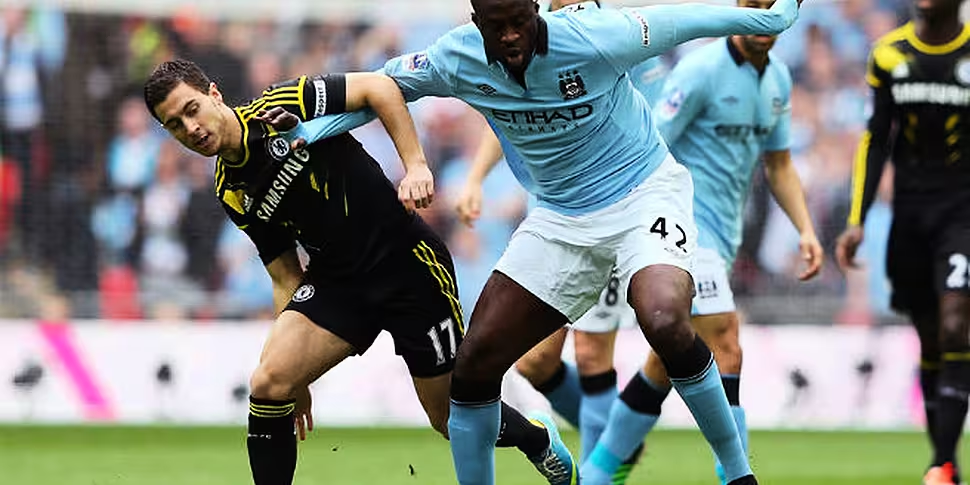The main advantage for reactive teams like Jose Mourinho's Chelsea is the fact that media analysis tends to focus on how they stop the opposition, rather than what they do at the opposite end of the pitch.
Either way, most pundits agree that Mourinho tactically out-witted Manuel Pellegrini in the recent 1 - 0 win over Manchester City at the Etihad.
As the Blues sat deep, they made the most of City's weakness in defensive midfield to break forward time and again with the pace of Eden Hazard, Ramires and Willian.
In today's FA Cup clash at Eastlands, Mourinho is likely to resort to the same counter-attacking tactic which he favours.
But what can a generally proactive coach like Pellegrini prevent Chelsea's fast breaks and still retain cohesion?
Let's take a look at a few graphics and statistics from stats providers Squawka.

Find more Squawka Action Area stats for other players in that match here
Let's use Eden Hazard as an example. The Belgian winger was busiest in Manchester City's defensive midfield zone with most of his attempted dribbles and runs taking place in that area (8 of his 14 attempted dribbles took place there). Similarly if you look at the Squawka Action Area graphics for Willian and Ramires, they also spent plenty of time in that advanced infield zone.
Indeed a full of 13 of Willian's 35 passes were made in that area. And just to show how counter-attacking Chelsea were, as a whole the trio behind Samuel Eto'o only made 18 passes in their own half with Hazard, Ramires and Willian concentrating on springing forward and either running at pace or receiving the ball high up the field.
Chelsea's domination of that zone between midfield and defence was helped by Yaya Toure attacking instincts, Martin Demichelis' struggles beside him and also the fact that City were unable to stop the Blues' attacks at source, despite playing a higher line than their opponents.
In addition, City only completed two interceptions and just one successful tackle in Chelsea's half...

Find Chelsea's superior tackle stats via this Squawka graph
With Pablo Zabaleta and Aleksander getting forward, it left City exposed and out-manned at the back against a team build to counter-attack.
It also did not help that Sergio Aguero was missing as Pellegrini's 4-4-2 left two less mobile centre forwards in Alvaro Negredo and Edin Dzeko leading the line.
So what can Pellegrini do to remedy the situation when the teams take each other on tonight?
Cutting off the space for Chelsea's pacey attackers to break into and forcing them out wide (where their crossing was not impressive) would be a start. Thus playing an extra sitting midfielder to help protect the back four could be an option.
The loss of Fernandinho will be a problem but playing one up front and bringing in Jack Rodwell or utility man James Milner will help clog up the area that Chelsea will hope to exploit, as well as playing a little deeper.
Sitting deeper as a team should be a viable option as Yaya Toure (with an extra player behind him) and Jesus Navas have the pace to carry the ball forward.









